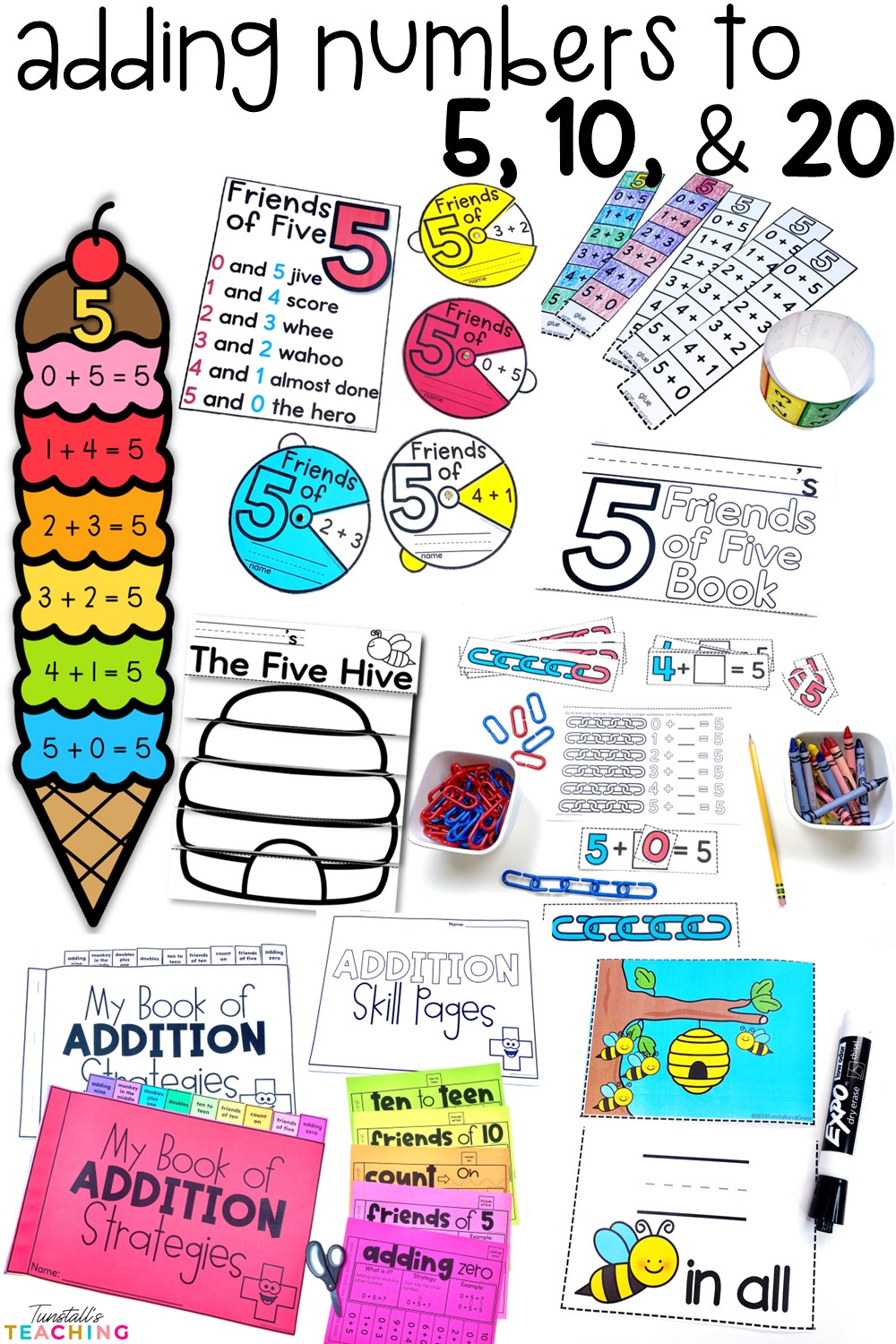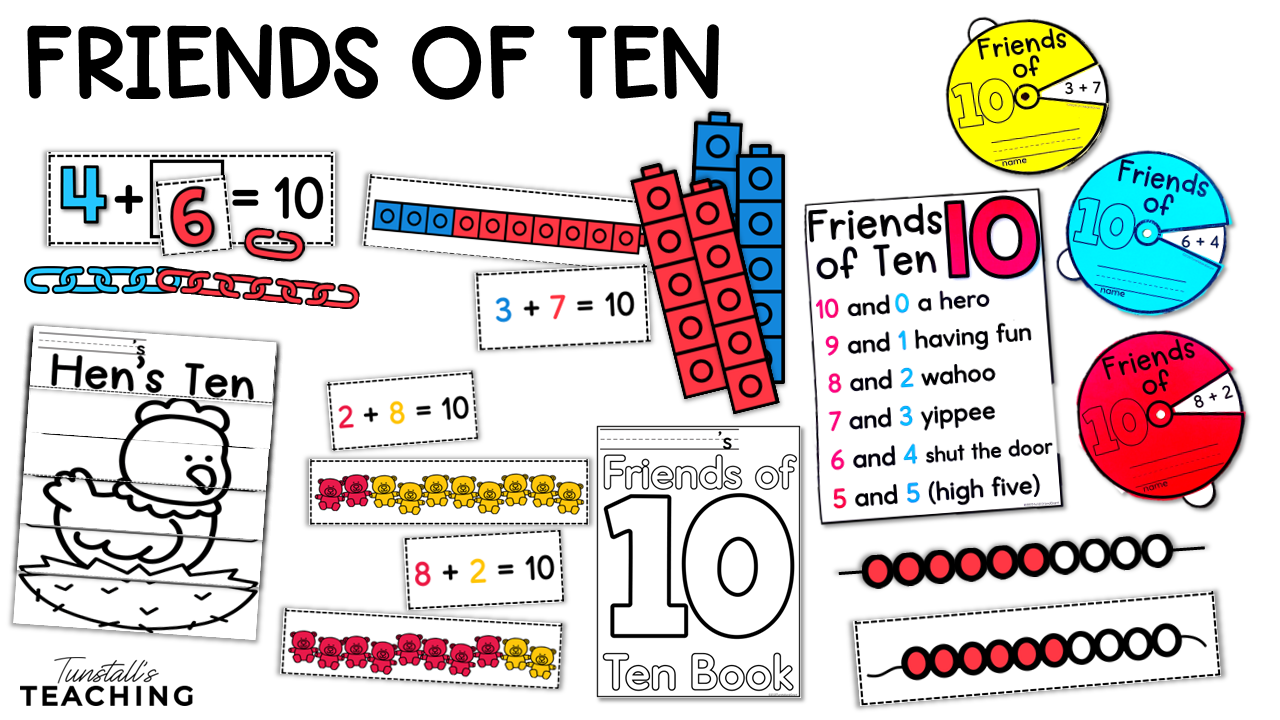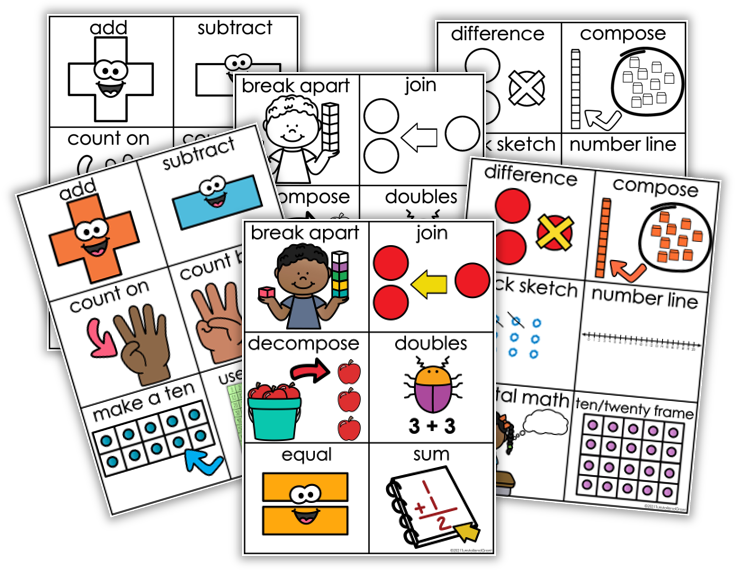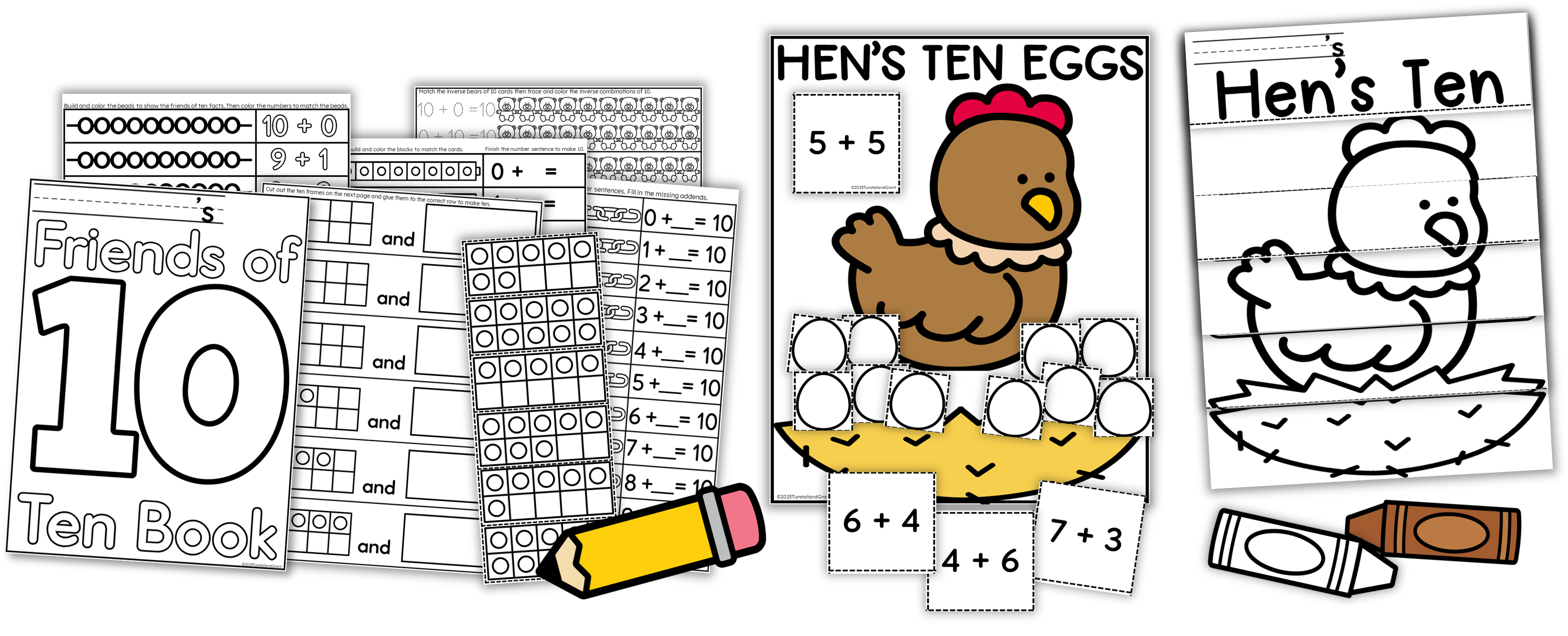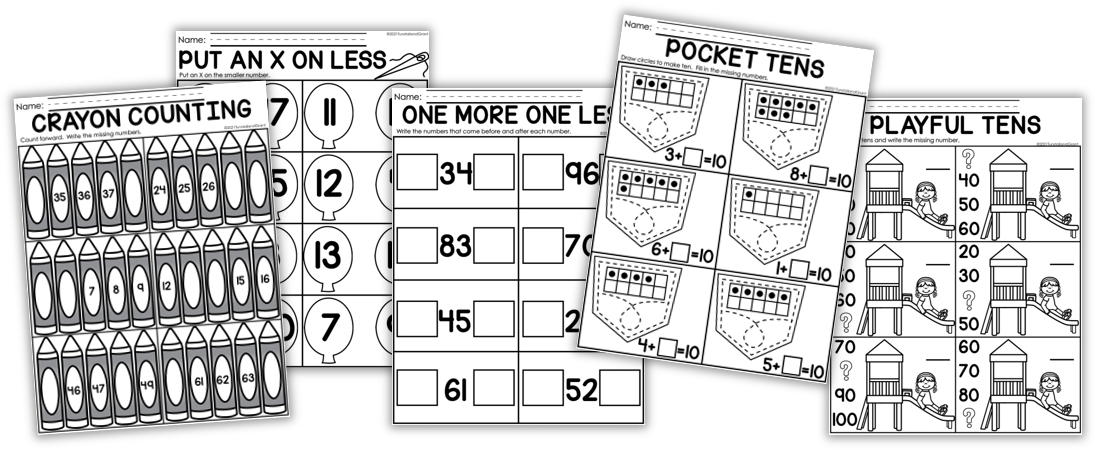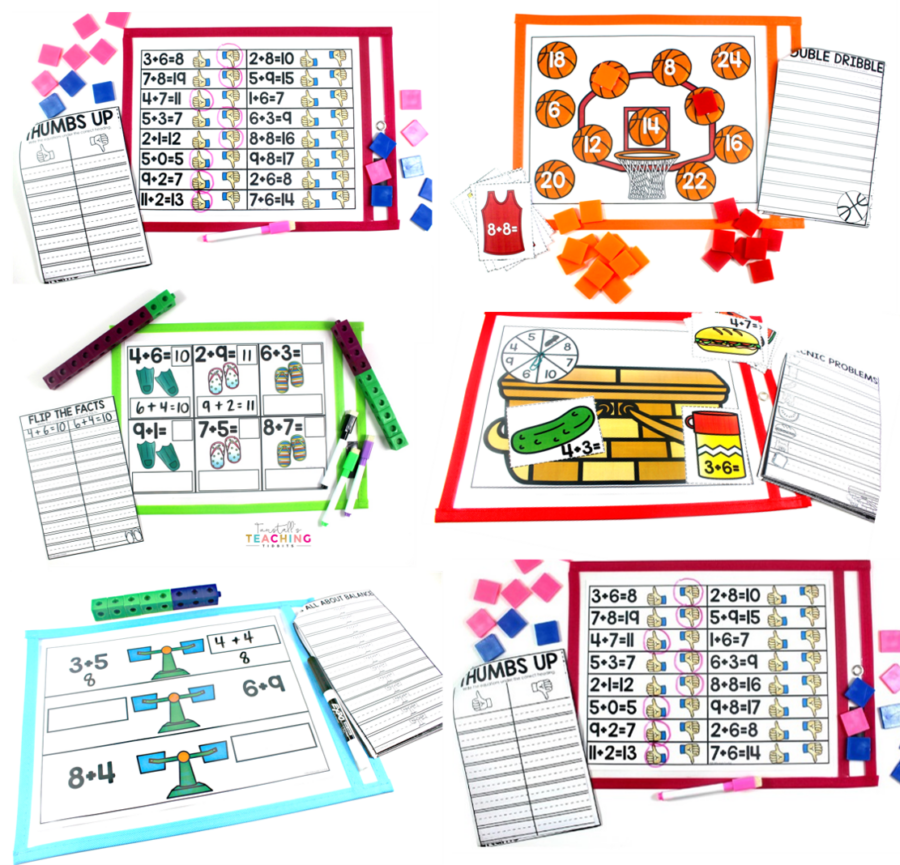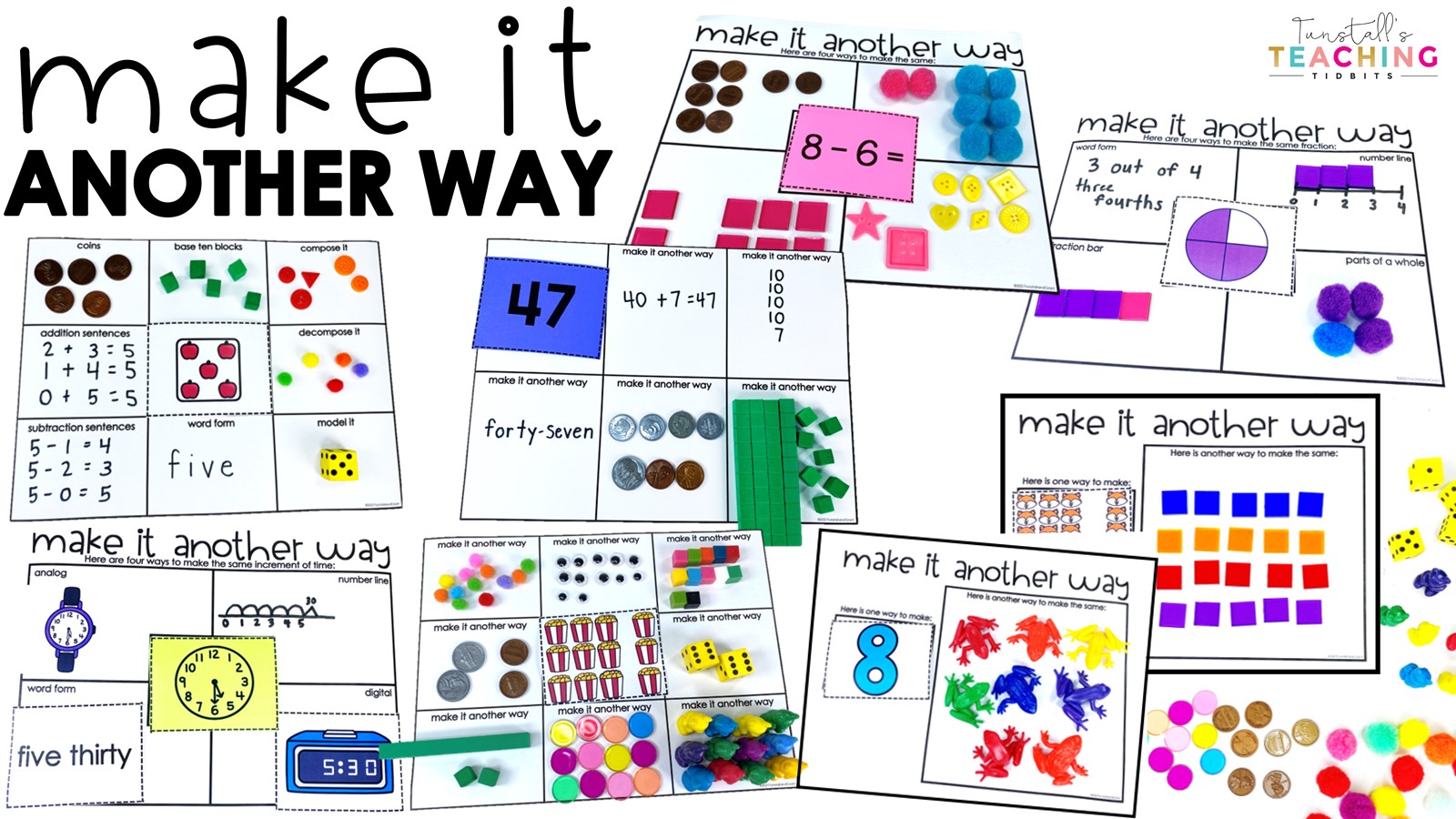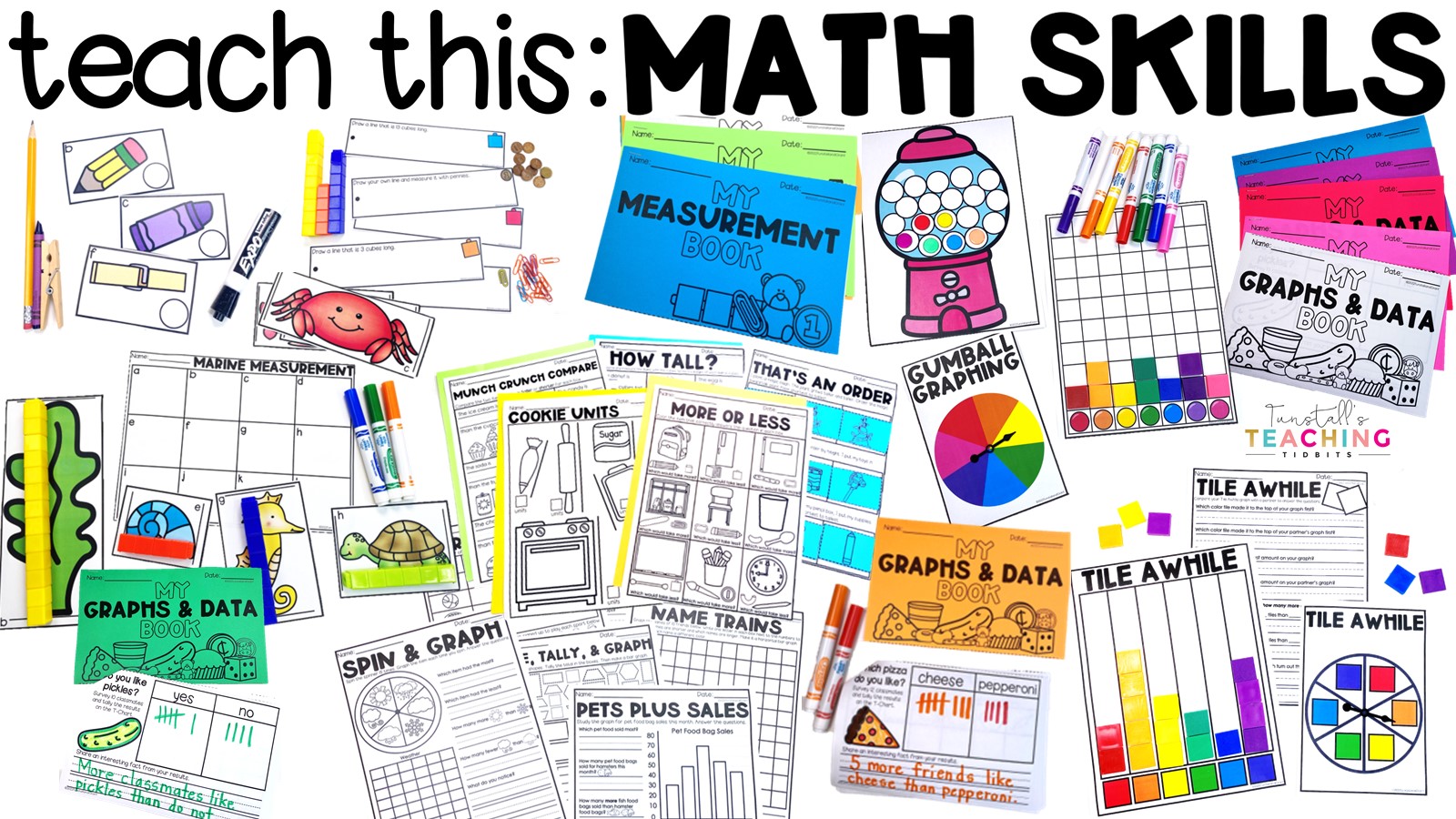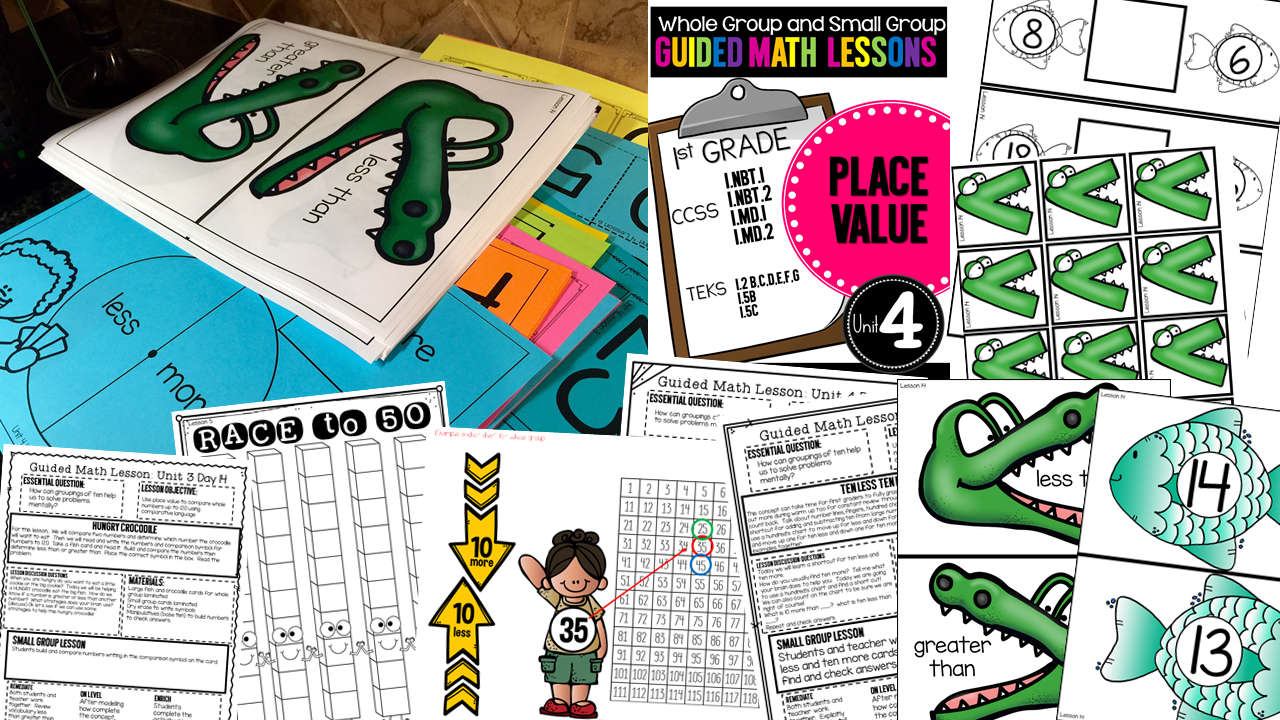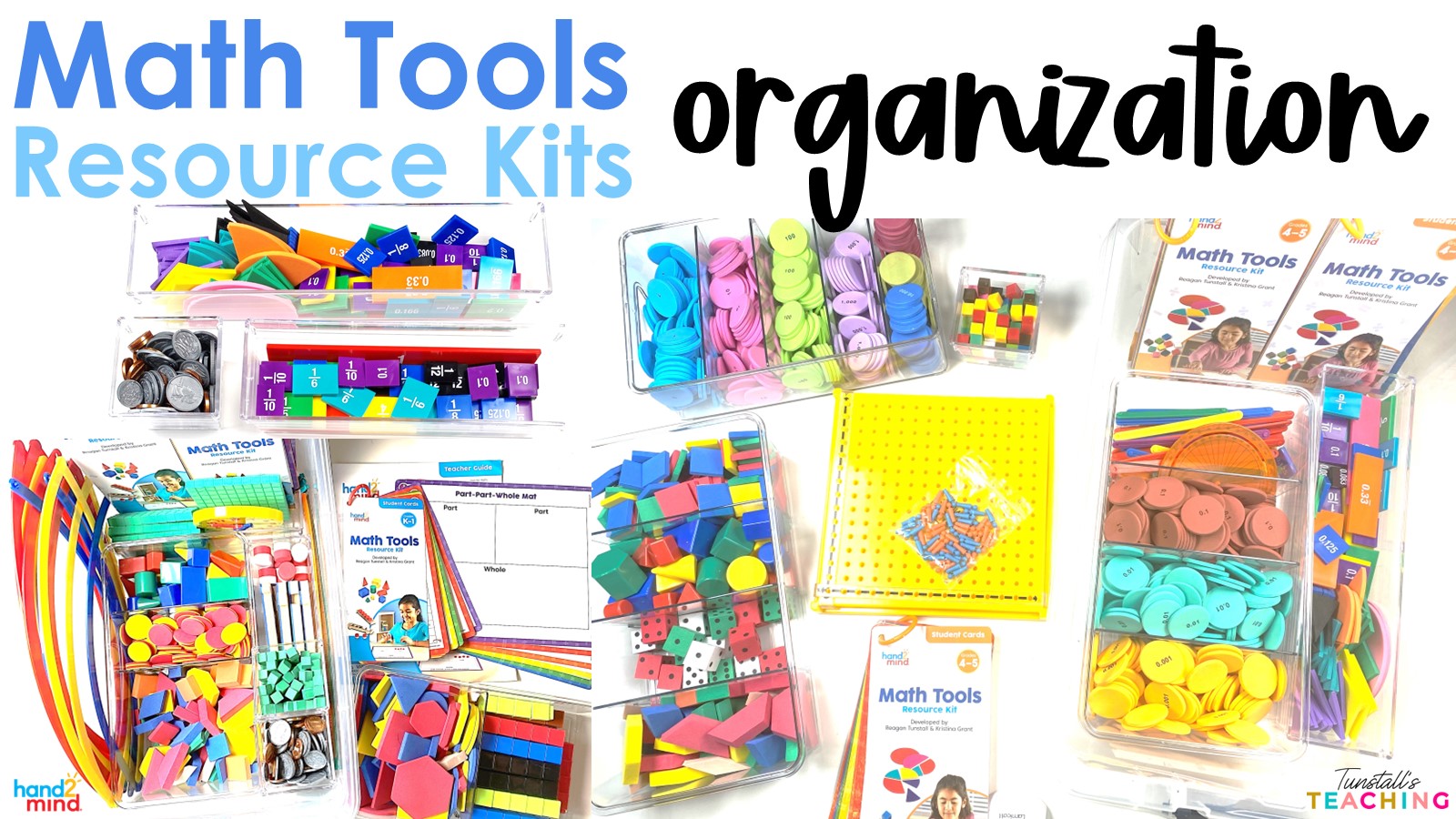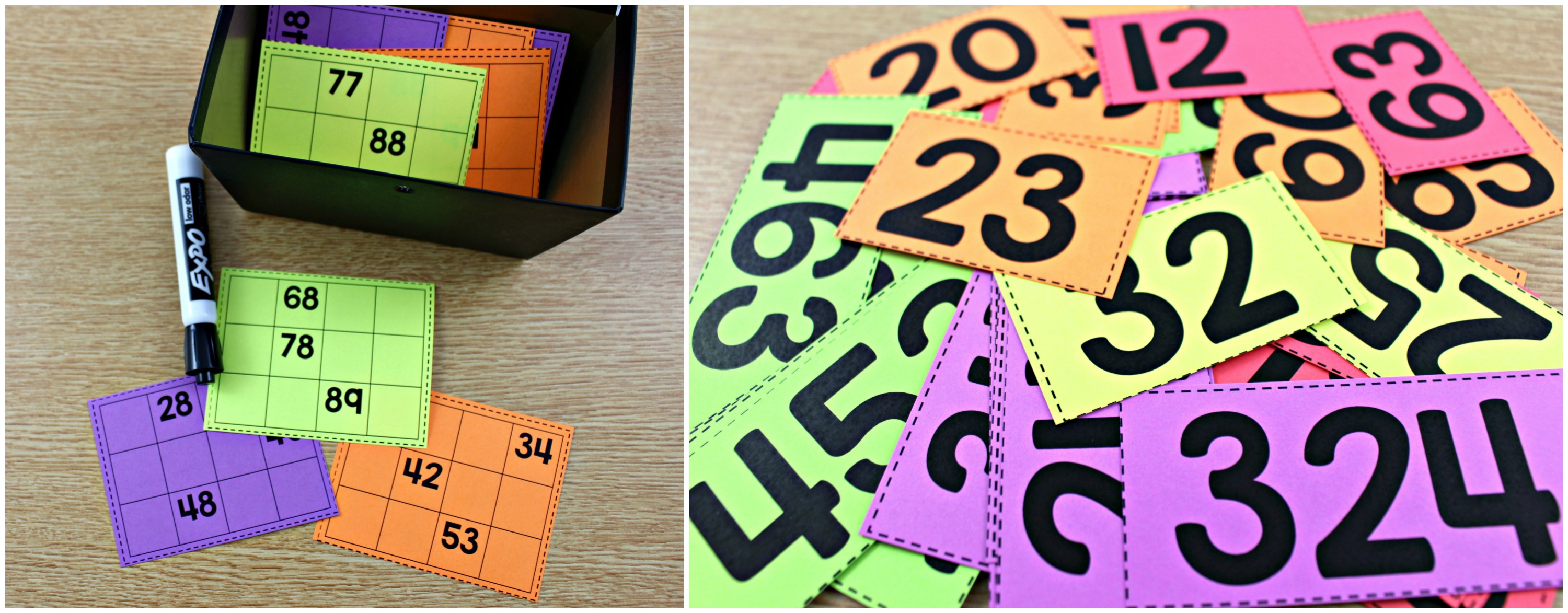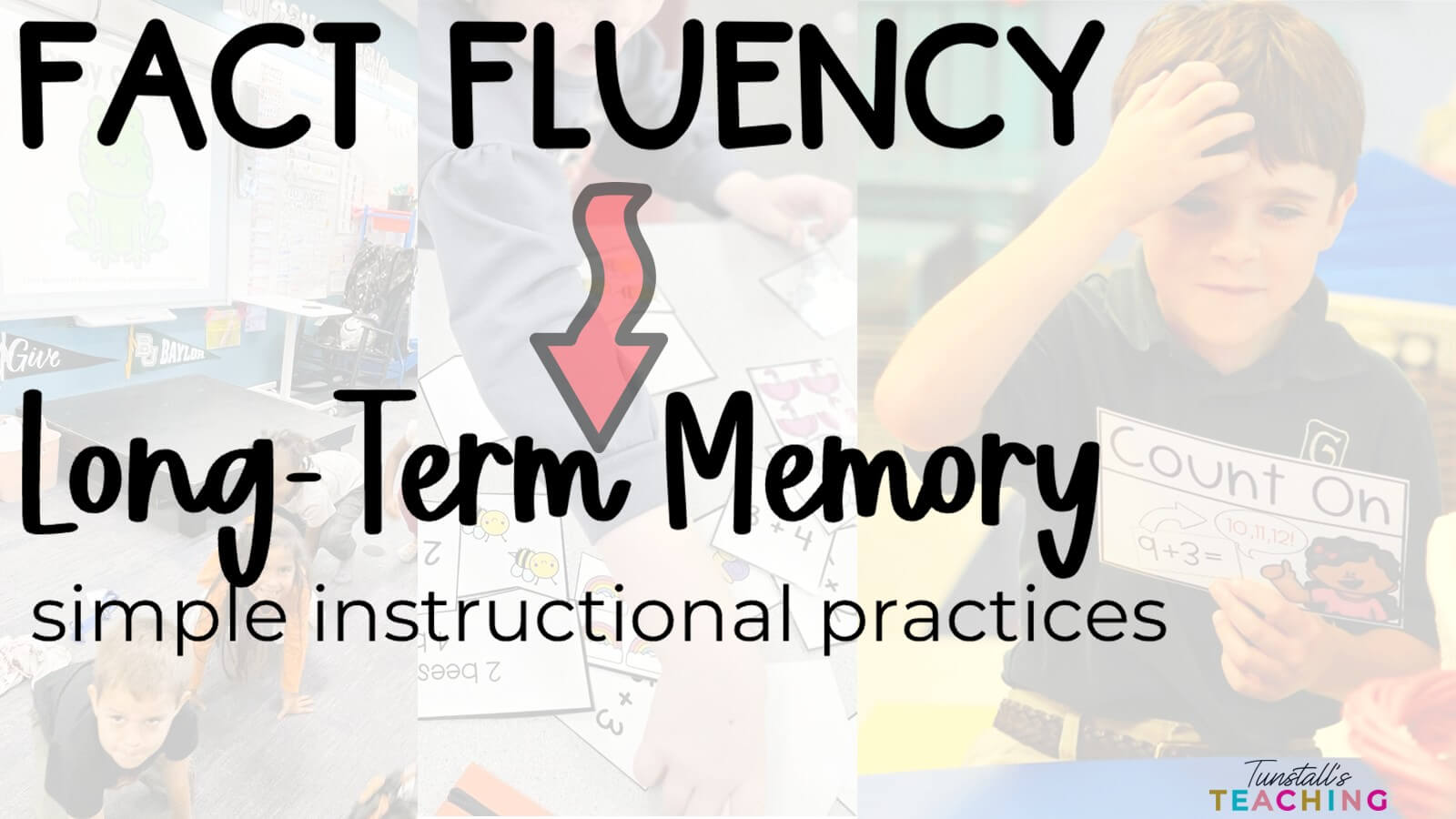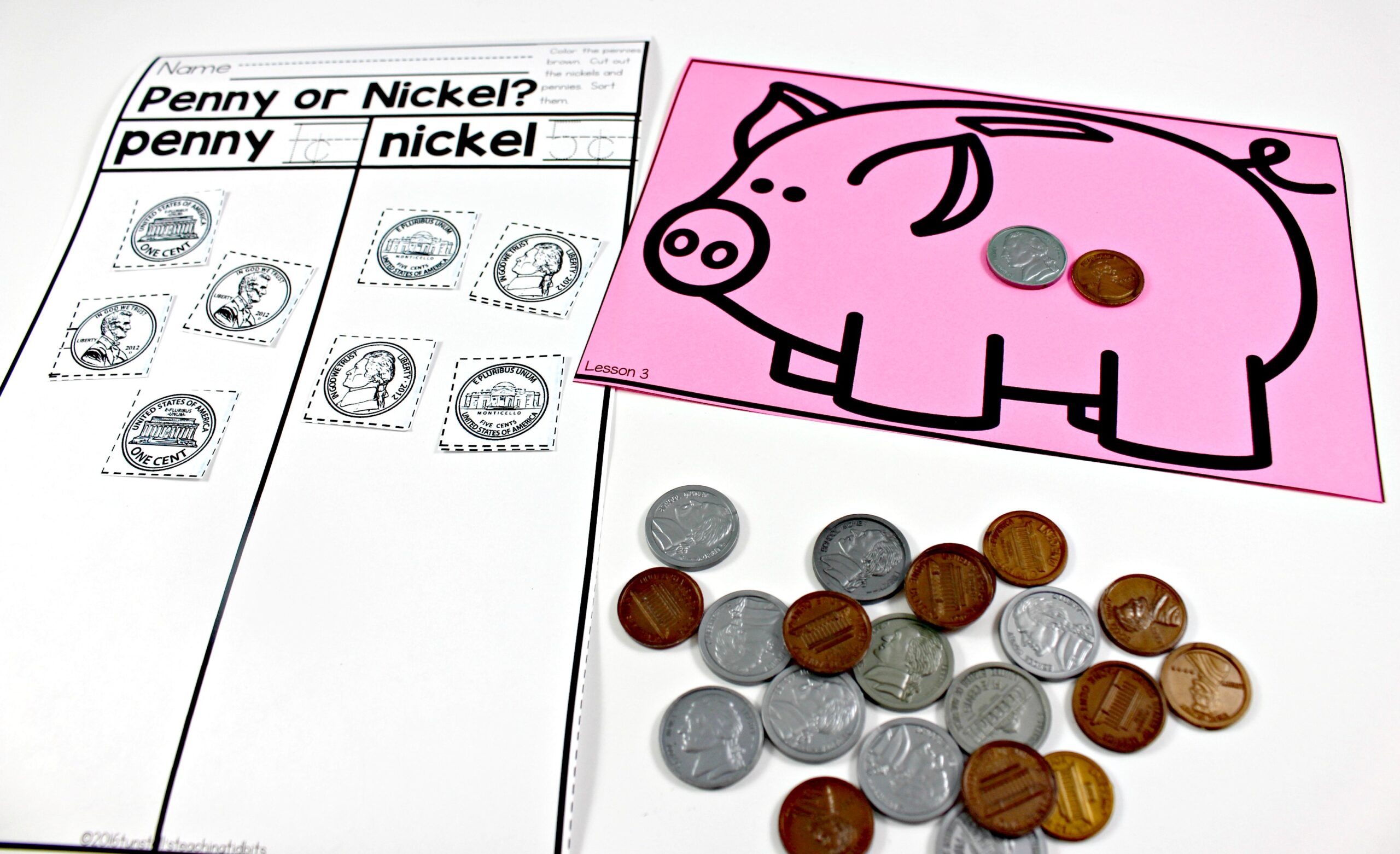Adding Numbers to 5, 10, and 20
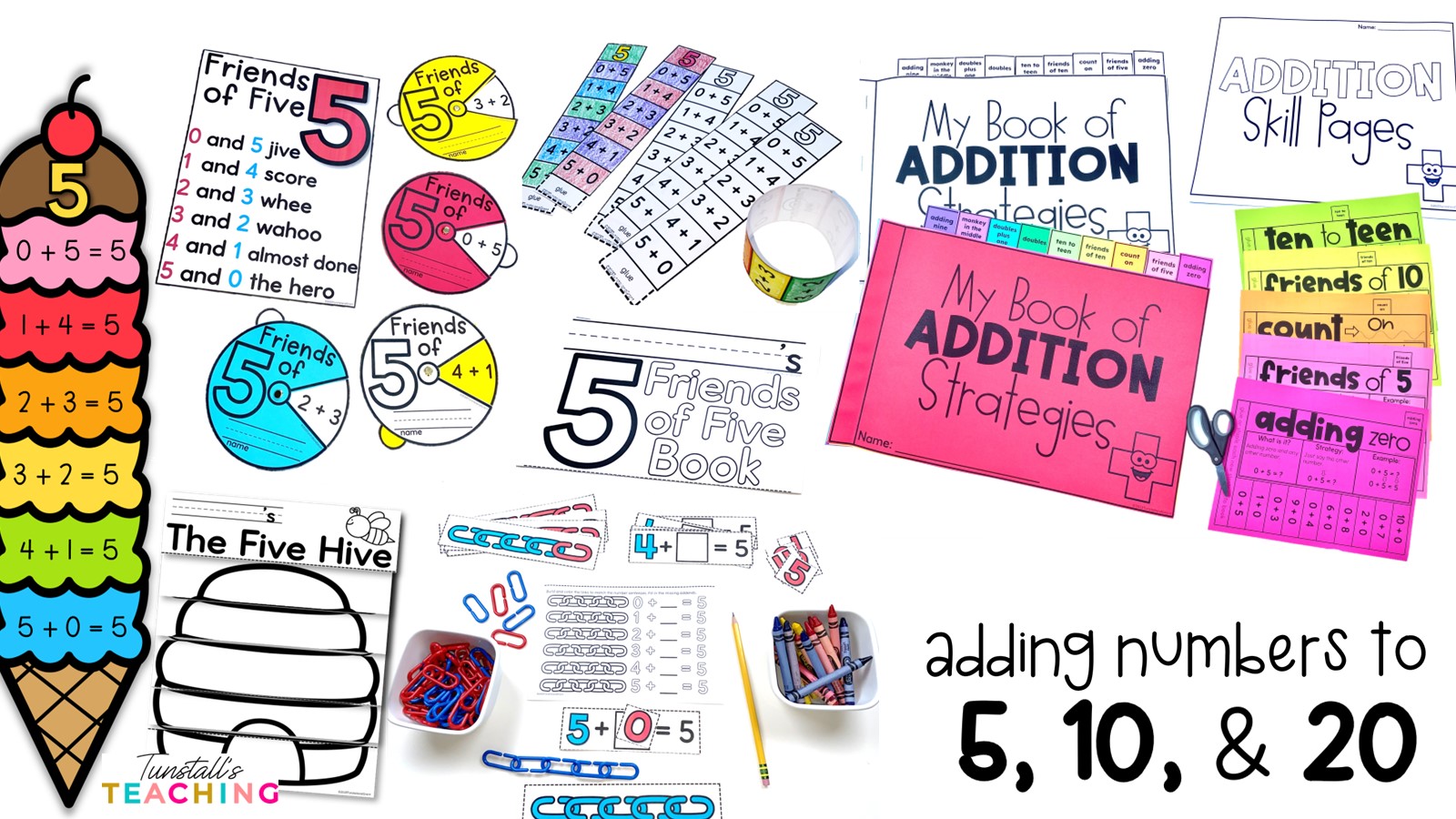
We have new resources for adding numbers to 5, 10, and 20. Addition is a pre-requisite skill for all other math strands. The more opportunities we can provide students to add numbers, the better equipped our math students will be in their number-crunching endeavors.
Adding Numbers to 5, 10, and 20
You’ve likely experienced the difference between a student who has a solid grasp of their math facts, and a student who is still laboring through each math fact to find the sum. Our goal is to provide the resources and opportunities for students to enjoy working with numbers and ultimately have success in their computations. One way we can help students understand number relationships is to teach them combinations of 5 and combinations of 10 explicitly.
Friends of Five | Addition to 5
Friends of Five refers to teaching the number combinations with a value of 5. This is important because students see a pattern in the two numbers being added, which helps build understanding and number sense. This acquisition also equips students with the ability to manipulate numbers mentally. No matter the age of the student, reviewing or teaching the friends of five is the perfect place to start.
Addition to 5 refers to any addition problem resulting in a sum of 0 to 5. Limiting the range of computation in the beginning allows students to find success fairly quickly while also noticing patterns in how numbers work together in addition. These important discoveries solidify a foundation of number relationships, flexibility with numbers, and general numeracy within addition.
Resources for Friends of Five | Addition to 5
In the math workshop, students can practice math in many formats. These resources are perfect to add to any of the following components of the math block: mini-lessons, teacher-led small groups, and math workstations.
Our Friends of Five resource has the following activities for you.
- Whole Group Chant Chart
- Five Facts Fluency Wheel
- Seven Hands-On Math Activities
- Math Craft- Flavors of Five
- Wristbands
- My Friends of Five Booklet
For additional practice, we have Color By Math Addition to 5
Math Stations to support addition to five
Friends of Ten | Addition to 10
Addition to ten provides a broader set of number patterns and relationships for students but still allows for a small range of computation. Students build upon their understanding of number sense as they crunch a larger set of numbers. They can explore the combinations that make ten while explicitly teaching the pattern in the addends. Students make this discovery easily after spending time with the Friends of Five. Then this allows students to work on addition to 10 using strategies such as counting on, a number line, and math mats.
The math mats below transition from building number sense to providing a fun way to create oral addition math stories.
Resources for Friends of Ten | Addition to 10
Use these resources to provide plenty of practice for addition to 10.
Every student loves to add and color! Addition to 10 color pages makes computation fun.
Standard Practice is a resource with strategies visuals and 50 skills pages all standards aligned.
Combinations of 20 | Addition to 20
As we grow mathematically, we expand our range of addends to produce sums to 20. The patterns, combinations, and skill sets grow in understanding solidifying the previous learning.
Resources for Combinations of 20 | Addition to 20
Use these resources to provide plenty of practice for addition to 20.
Teach This Addition and Subtraction
My Book of Addition Strategies comes with nine addition strategies and skill pages to match.
Addition Write and Wipe Stations
Guided Math Resources | Addition
If you need Guided Math resources for your math mini-lessons and teacher-led small groups, here are the links for the addition units.
Make it Another Way
Continue the learning in number relationships with this post: Make it Another Way

 Contact Us
Contact Us